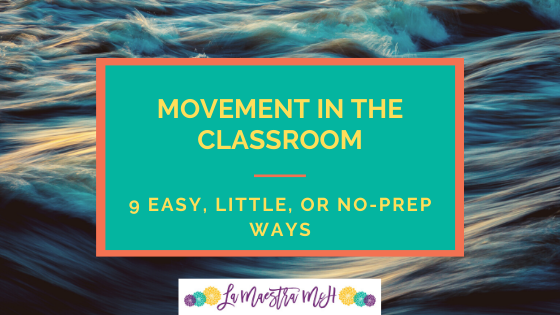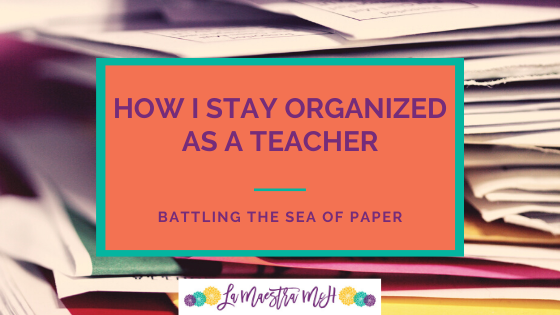Reflexive Verbs: Moving Away From the Routine
When I started teaching, I taught reflexive verbs exclusively with daily routine vocabulary. I remember reading a criticism of this approach that said something to the effect of, “How often are our students going to describe when they brush their teeth?” That’s a good point and it got me thinking. In my time abroad in Mexico, I did often use verbs like “ducharse” and “arreglarse”. More often than not though, it was words like “sentirse” or “preocuparse”. I began to wonder, “How can I incorporate these ‘non-routine’ reflexive verbs into the unit?”
Mistakes Along the Way
There were some major errors along the way on my part. The biggest was assuming novice speakers couldn’t comprehend these “more complex” reflexive verbs. I was SO wrong. They can. My second huge mistake was not making those verbs comprehensible. I just assumed students would figure them out. They could use “me ducho” correctly, why were they misusing “sentirse”. They knew how to conjugate reflexives! I hadn’t modeled the verbs, I hadn’t presented them in a meaningful way to students. My final mistake (ok, not final but last one I’ll highlight) was not giving students meaningful opportunities and assessments with reflexive verbs. Even though I wanted them to use reflexives other than routine words, I was still assessing them by asking them to write out their daily routines. I know, I know, what was I thinking?
I hadn’t modeled the verbs, I hadn’t presented them in a meaningful way to students.
The Shift
This is still a work in progress. I am not 100% satisfied but I am improving. I still teach routine words but have cut WAY back on the words. These routine words offer clear, concrete examples of reflexive verbs and I appreciate that. Along with fewer routine words, I highlight words like sentirse, enojarse, and preocuparse. It’s a simple extension to ask students, “¿Cómo te sientes cuando te despiertas?” “¿Cuándo te sientes feliz/nervios@/triste?” I also point out that it’s an easy swap from “estoy” to “me siento”. Angsty high schoolers are the perfect audience for discussing what angers them or what class they worry about.
It’s a simple extension to ask students, “¿Cómo te sientes cuando te despiertas?”
Activities
I now provide students with sentence scaffolds to get them going with these verbs and before long they are incorporating these more complex verbs into their writing and speaking. Señor Wooly’s “No voy a levantarme” has also helped me expand my horizons with reflexives. The song is one of my favorites from the site and the story is incredibly relateable to teens (and let’s be honest, adults). We talked a lot about how Justin felt at certain points and why he was angry or worried. Students then made it personal and talked about what they worry about in school or when they are angry with parents, friends, etc. You can find the activities I used here.
I still have a long ways to go before I’m satisfied with how I introduce reflexives but every journey starts with a single step and I’m at least a few steps along the path!



One Comment